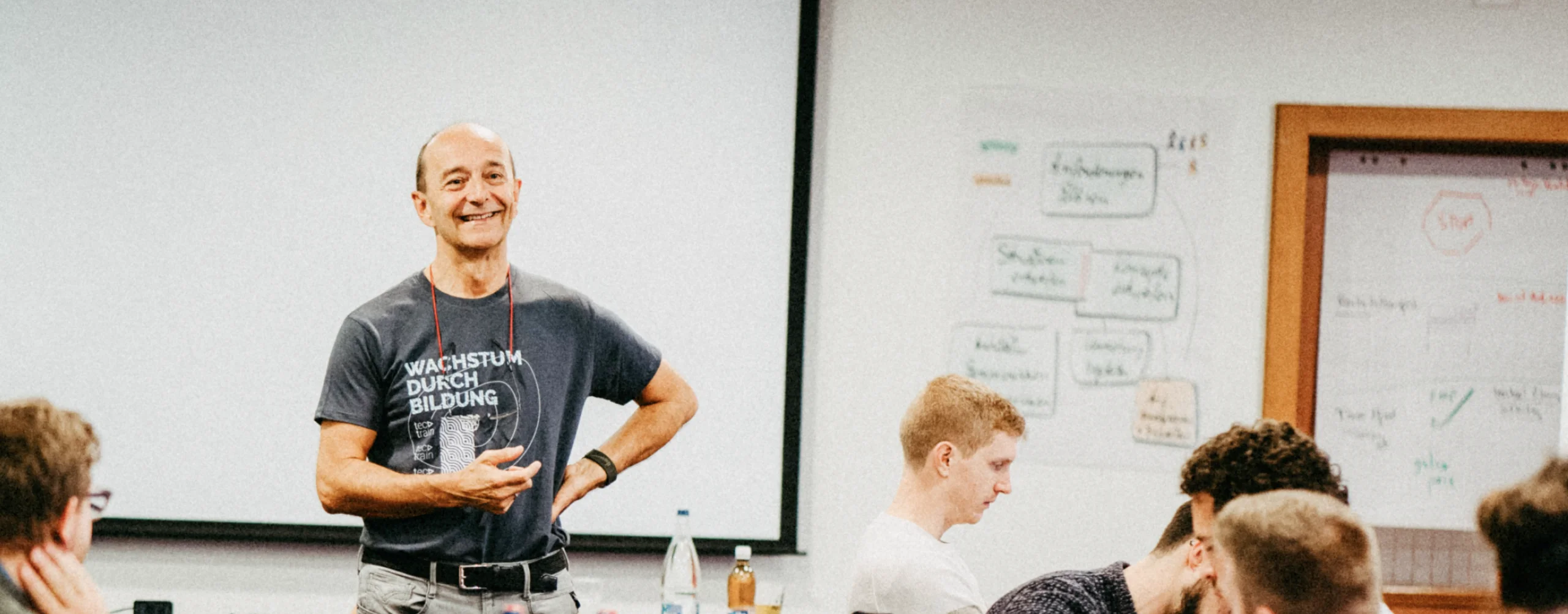Start here if you want the short answer to what really changes after certification. This piece is a focused follow‑up to our main article, Is iSAQB Certification Worth It? A Complete Guide with Real Stories, and it sits alongside our pillar resource, Top 10 Questions About iSAQB (Answered by Real Architects).
We talked to eight professionals in different roles and industries. Four joined us on the podcast, four shared written Q&As. In the sections that follow, we will stick to the interview format you asked for. Everything else, like context and transitions, will be our words.
What you can expect here is straightforward. Less hype, more reality. Few reported:
- sudden increases in salary or instant promotions,
- improved architectural thinking,
- better communication with non‑technical stakeholders,
- improved structure in documents and decision making,
- and increased confidence in dealing with complex systems.
A few used the certification to reposition their position in the direction of architecture, or to formalize the position.
This article responds to one question, directly from real voices: after iSAQB, what did you change in your skills, in your day-to-day impact, and in your long-term career path?
What Kind of Skills Do You Actually Gain with iSAQB?
The architects we interviewed made one point very clear: iSAQB isn’t about rote learning abstract theory for a test. The largest takeaway is learning to think about architecture in a systematic, methodical manner. Most had been making architectural decisions for a decade or more, but the certification brought them a common language, tools with which to approach problems, and the confidence to speak to why a decision was the right one.
Architecture as a Systematic Discipline
Some of the participants indicated that their way of thinking about architecture prior to iSAQB was intuitive.The training helped them connect scattered knowledge into a clear methodology from identifying quality requirements to documenting them in a way the whole team could follow.
Alexander Pritzkau referred to taking on “an attitude” in which the architect assumes responsibility for the complete system, from requirements and design throughout stakeholder communication, and puts tried-and-tested techniques into practice on a daily basis.

The foundation module is sufficient for acquiring the knowledge and the tools that are necessary for an architect… it helped shape my attitude as an architect.
Communication & Stakeholder Management
Another skill mentioned again and again was explaining architecture decisions to those who are not technically inclined. Raphael Suter pointed out that the raw information alone doesn’t make you a better communicator but learning to shape that knowledge into clear, convincing arguments does. Julius Chrobak directly correlated this with explaining architecture in a manner suitable for various stakeholders, and he polished this in the process of the advanced-level examination.

I learned a lot about architecture judgement and analyzing it… if you’re able to form this information into valid and convincing arguments, for sure it helps with stakeholders and developers.
Practical Modeling, Patterns, and Scenarios
While the exact content varied by module, most agreed that the mix of patterns, modeling techniques, and trade-off analysis was immediately applicable. For some, like Darshan Shah, learning about design patterns opened new possibilities even if his embedded systems work didn’t require heavy pattern use. Tobias Ammann valued having more “options on the table” during discussions, even if not every project allowed for full implementation.

The training courses emphasize applicability… at least the courses help you point out more options and have more explicit discussions about it.
How Did It Affect Your Role or Confidence at Work?
Most of the architects didn’t come back from iSAQB with a new job title or a sudden promotion. The shift was more subtle: they found themselves more confident in technical discussions, better able to back up their decisions, and more comfortable handling complexity in large systems.
Gaining More Influence in Technical Discussions
Several participants noted that the certification helped them take a stronger position in design debates. Julius Chrobak described how working through the advanced-level assignment sharpened his ability to document and present architectural decisions in a way that different stakeholders could follow, something that naturally gave him more weight in discussions.

This ability to create a complex document, architecture document, and have it reviewed from experts and get that feedback… helped me also to navigate myself on the daily business with different stakeholders in the company.
Managing Complexity More Comfortably
For others, the main gain was handling complexity without feeling overwhelmed. Kristina van Cappelle explained that the structured methods she learned made it easier to tackle large corporate projects by breaking them down and thinking modularly.

The course gave me a structure… now I can take a huge problem and break it down, and I don’t feel lost in big projects anymore.
Did It Actually Help You Grow Your Career?
When it comes to career growth, the feedback was mixed. Most didn’t see immediate promotions or salary jumps, but a few mentioned indirect benefits like being more visible in their company or having the certification appear as a “preferred” skill in job listings. For others, it was purely about personal development and credibility.
Promotion or New Job Offers
Only a small number of participants linked iSAQB directly to new job opportunities. For Julius Chrobak, the certification didn’t change his role or pay, and clients didn’t even know he had it but it was still a valuable personal milestone.

It didn’t even somehow help with my salary or job… this is more for personal development. This is my case.
Tobias Ammann added another angle from the employer’s side: as someone who has hired team members, he sees iSAQB training on a CV as a strong, positive signal during recruitment even if it doesn’t guarantee a role change for the person who earned it.

iSAQB certifications and courses were important signals when screening CVs… Knowing that a candidate has gone through iSAQB training gave us a baseline to evaluate candidates against.
From Individual Contributor to Trusted Architect
For some architects, iSAQB marked a shift from executing assigned tasks to owning the bigger picture. Alexander Pritzkau described how, after the certification, he began to see himself as the one ultimately responsible for the system. That meant engaging with every layer of the process from requirements and development to testing, operations, and even budget discussions, because in his view, no one else would take full accountability if he didn’t.
Kristina van Cappelle experienced a different but related transformation. Before the certification, she mostly focused on her own deliverables. Afterward, she could step back, understand the architecture as a whole, and explain to colleagues why certain approaches were taken. This ability to connect individual pieces to a coherent system made her a more trusted voice in discussions.
Across the interviews, this transition wasn’t about a change in job title. It was about a change in mindset seeing the architect’s role not just as a technical contributor, but as a steward of the system’s long-term integrity.
Voices from the Field – Real Stories from Architects
The podcast and written interviews reveal a consistent theme: the biggest gains from iSAQB are in clarity, structure, and confidence rather than quick career jumps.
Alexander Pritzkau spoke about adopting a stronger sense of ownership, where he now feels accountable for everything that affects the system even areas outside pure development. Kristina van Cappelle highlighted how the certification gave her the tools to navigate complex projects without getting lost, while also making her a better communicator with non-technical colleagues.
From the written interviews, Raphael Suter emphasized how learning to present architectural decisions more convincingly changed the way he interacts with both developers and stakeholders. For Tobias Ammann, the benefit wasn’t just in his own work as a hiring manager, he sees iSAQB training as a strong signal when reviewing candidates’ CVs, something that makes recruitment decisions easier.
Taken together, these stories show the human side of certification: not just new skills on paper, but a shift in how these architects think, work, and are perceived in their organizations.
Stephan Schlatter
Senior Software Engineer & Software Architect
Helbling Technik AG
Read the Interview Transcript
Tobias Ammann
Business Lead Stream Technology Services & Senior Software Architect
Bedag Informatique SA
Read the Interview Transcript

.jpg)



